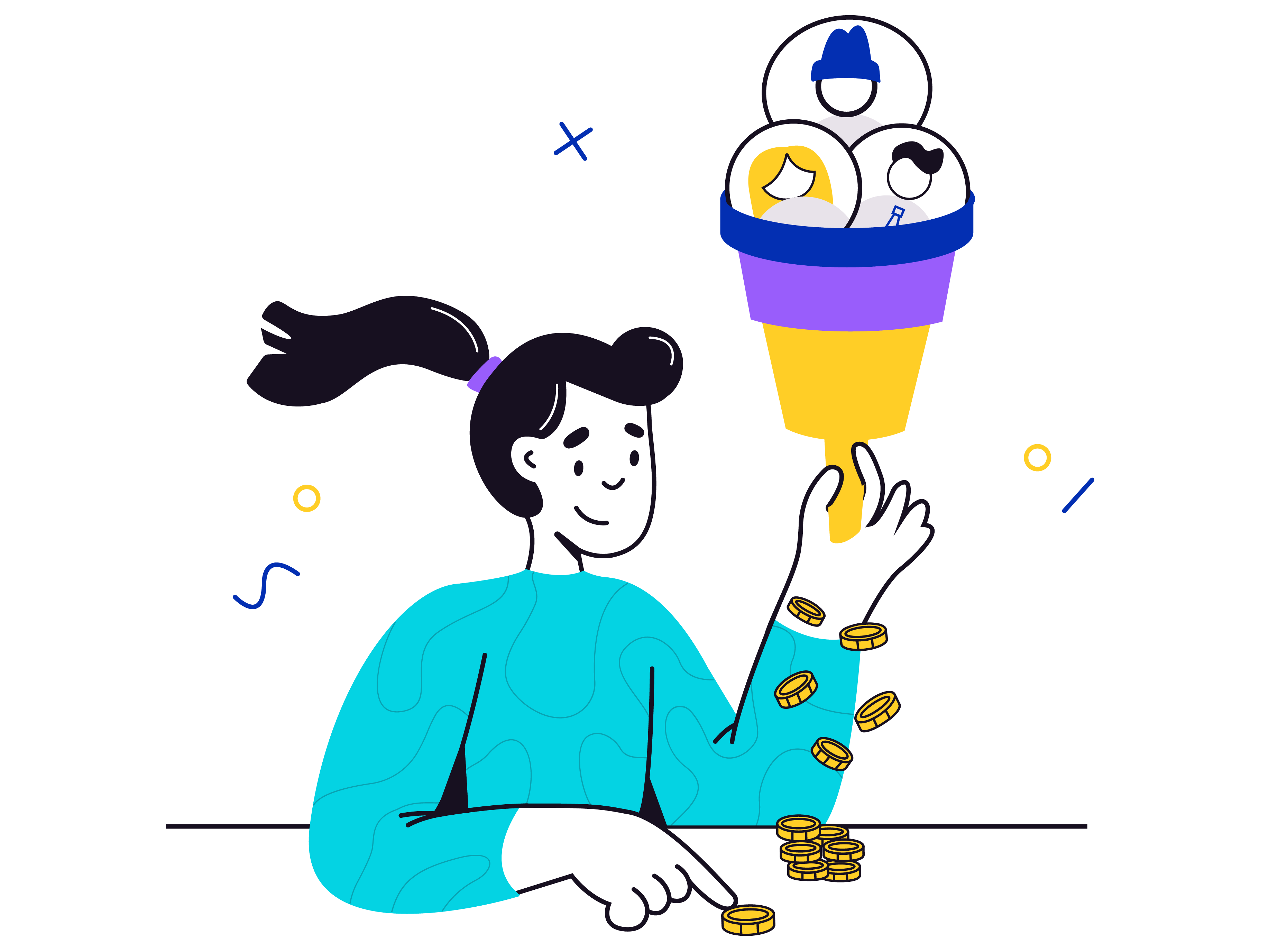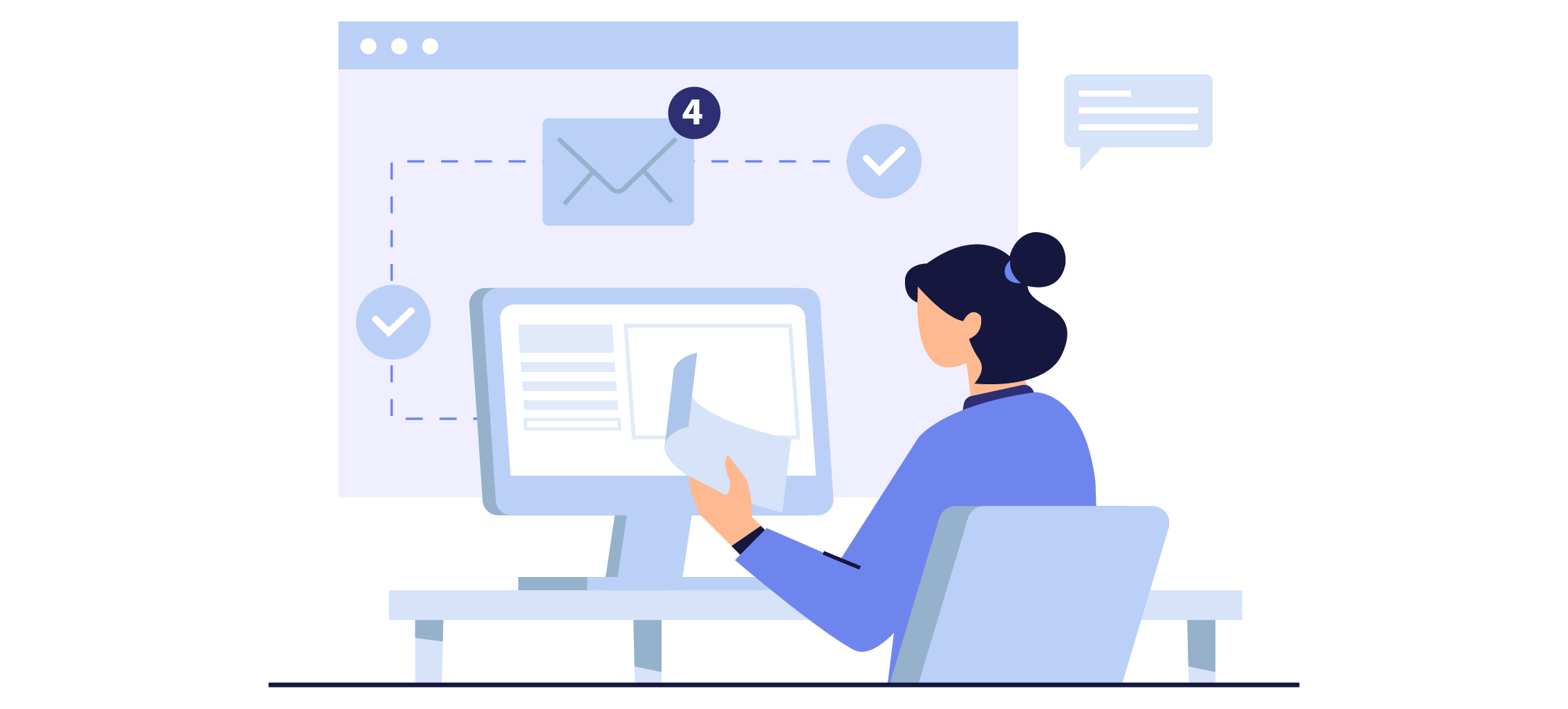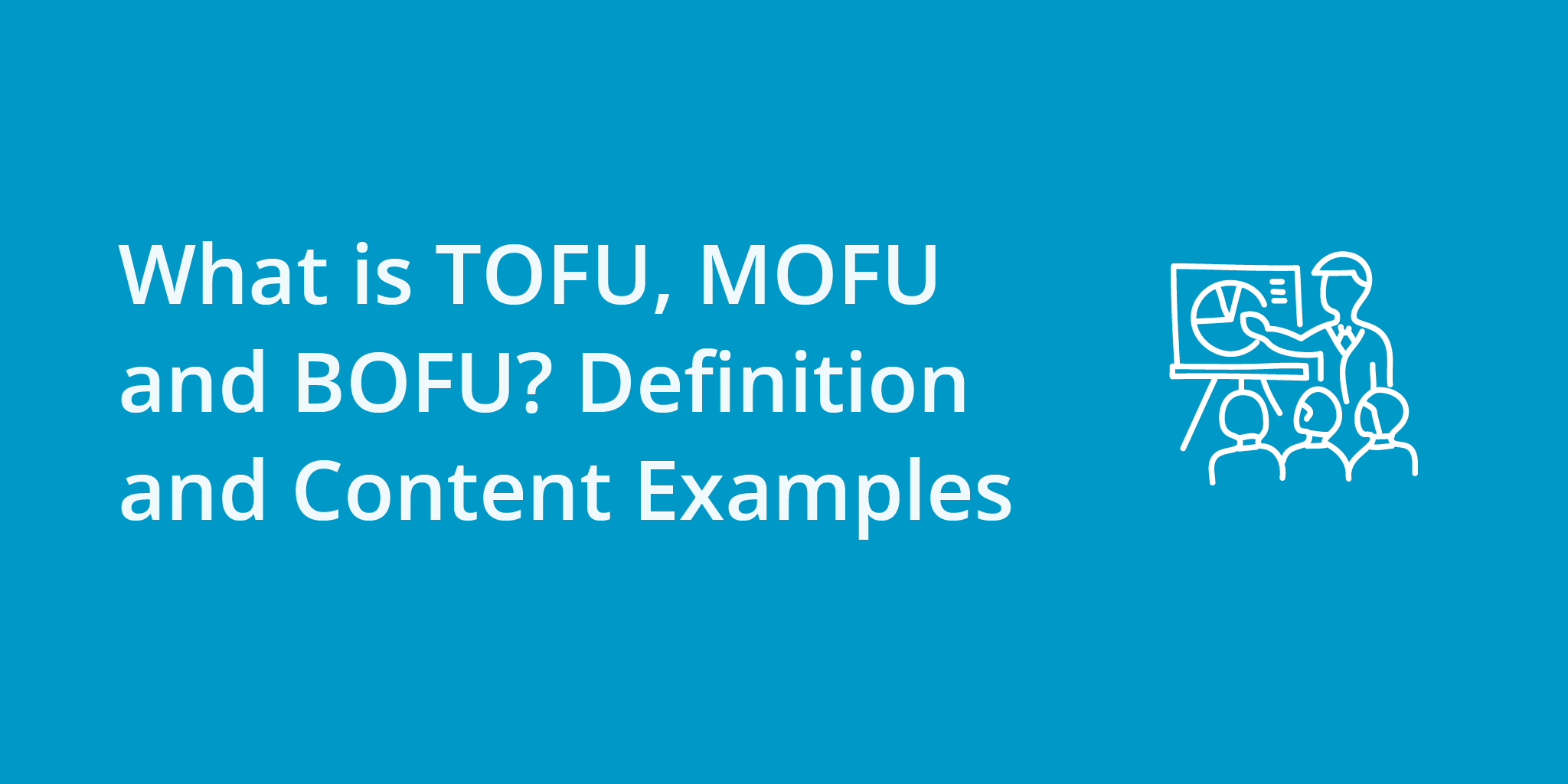In the dynamic world of marketing and sales, understanding the intricacies of a sales funnel and effectively engaging potential customers at every stage is crucial for success. Enter TOFU, MOFU, and BOFU – three distinct stages that play a vital role in guiding leads through the sales funnel.
From the initial spark of awareness to the moment of decision-making, each stage represents a unique opportunity to connect with prospects and nurture their journey towards becoming loyal customers.
In this article, we will delve into the definitions of TOFU, MOFU, and BOFU, explore their significance in the customer journey, and provide you with relevant content examples that can help you engage and convert leads at each stage. Get ready to unravel the mysteries of these marketing acronyms and supercharge your sales efforts.
- What is TOFU, MOFU, and BOFU?
- The Importance of Differentiating Between TOFU, MOFU and BOFU
- How to Tailor Your Content for TOFU, MOFU, and BOFU
What is TOFU, MOFU, and BOFU?
TOFU, MOFU, and BOFU are terms commonly used in marketing and sales to describe different stages of a customer’s journey or the progression of leads through the sales funnel. Here’s what each term stands for:
TOFU stands for “Top of Funnel”
It refers to the initial stage of the customer journey, where potential customers are at the beginning of their research or awareness phase. At this stage, individuals may have just become aware of a problem or a need, and they are seeking information and solutions. The primary goal of TOFU marketing is to attract and capture the attention of a broad audience by providing valuable and educational content.
MOFU stands for “Middle of Funnel”
This stage represents the middle section of the customer journey, where leads have moved past the initial awareness stage and are considering various solutions or options. At this point, potential customers are evaluating different products or services, comparing alternatives, and seeking more specific information. The focus of MOFU marketing is to nurture leads, build trust, and provide content that helps prospects make informed decisions.
BOFU stands for “Bottom of Funnel”
This stage represents the final stage of the customer journey, where leads have progressed through the awareness and consideration phases and are close to making a purchasing decision. The primary objective of BOFU marketing is to convert leads into customers by providing persuasive content, offers, and incentives that encourage them to take action. This can involve activities like providing detailed product information, offering free trials or demos, or delivering targeted sales messages.
By understanding the distinctions between TOFU, MOFU, and BOFU, marketers can tailor their strategies and content to meet the specific needs and expectations of prospects at each stage of the customer journey.

The Importance of Differentiating Between TOFU, MOFU and BOFU
Distinguishing between TOFU, MOFU, and BOFU stages allows for targeted messaging, efficient resource allocation, lead nurturing, sales funnel optimization, and improved personalization. These factors collectively contribute to a more effective marketing and sales approach, better customer experience, and increased conversion rates. Let’s go into more detail about why it’s important to make a distinction between top, middle, and bottom of funnel leads:
- Targeted Messaging: Each stage represents a different level of awareness and readiness to make a purchase. By understanding where a lead is in the customer journey, you can tailor your messaging and content to meet their specific needs. Providing relevant and targeted information at each stage increases the chances of capturing their attention and engaging them effectively.
- Efficient Resource Allocation: Different stages require different marketing and sales resources. By categorizing leads into TOFU, MOFU, and BOFU, you can allocate your resources more efficiently. For example, in the TOFU stage, you may focus on content creation and lead generation activities, while in the BOFU stage, you may prioritize personalized sales interactions to close deals. This ensures that you are investing your time, effort, and resources where they are most likely to yield results.
- Nurturing Leads: Not all leads are ready to make an immediate purchase. By distinguishing between the stages, you can implement lead nurturing strategies that guide leads through the customer journey. Leads in the TOFU stage need educational content to build awareness and trust, while those in the MOFU stage require information that helps them evaluate their options. Leads in the BOFU stage need persuasive content to make the final decision. By nurturing leads with relevant content, you can keep them engaged and move them closer to conversion.
- Sales Funnel Optimization: Understanding the customer journey and the progression from TOFU to MOFU and BOFU allows you to identify potential bottlenecks or areas for improvement in your sales funnel. By analyzing data and conversion rates at each stage, you can identify gaps, optimize your marketing and sales strategies, and streamline the customer journey. This helps in improving overall conversion rates and maximizing the efficiency of your sales process.
- Personalization and Customer Experience: Distinguishing between the stages enables you to provide a more personalized and tailored experience for your leads. By delivering content and messages that resonate with their specific needs and interests, you create a stronger connection and enhance their overall experience with your brand. Personalization contributes to building trust, improving engagement, and increasing the likelihood of conversion.
How to Tailor Your Content for TOFU, MOFU, and BOFU
The types of marketing and sales content that are suitable for leads in each of the TOFU, MOFU, and BOFU stages vary based on the level of awareness and readiness to make a purchase. Here are some examples of content that can be effective at each stage:
TOFU (Top of Funnel) Content
– Blog posts: Educational articles that provide valuable information related to the industry, problem, or need the leads have.
– Infographics: Visual representations of data or concepts that are easy to understand and share.
– Social media posts: Engaging content shared on platforms like Facebook, Twitter, or LinkedIn to attract attention and drive traffic to your website.
– Videos: Short, informative videos that introduce your brand, address common pain points, or provide tips and insights.
– E-books or whitepapers: In-depth resources that delve into a specific topic and offer comprehensive information.
MOFU (Middle of Funnel) Content
– Case studies: Real-life examples of how your product or service has helped previous customers overcome challenges and achieve their goals.
– Webinars or online events: Live or recorded presentations that dive deeper into specific topics and provide valuable insights.
– Comparison guides: Content that compares your offering with competitors or alternative solutions, showcasing your unique value propositions.
– Email newsletters: Regular newsletters that provide updates, industry news, and targeted content to nurture leads and keep them engaged.
– Interactive content: Quizzes, assessments, or interactive tools that allow leads to assess their needs or gain personalized recommendations.

BOFU (Bottom of Funnel) Content
– Product demos: Detailed demonstrations of your product or service to showcase its features, functionality, and benefits.
– Free trials or samples: Offering a limited trial or sample version of your product to allow leads to experience its value firsthand.
– Customer testimonials: Testimonials or success stories from satisfied customers that highlight the benefits and positive outcomes they’ve experienced.
– Pricing information and proposals: Transparent pricing details and customized proposals that clearly outline the cost and value of your offering.
– Consultations or sales calls: One-on-one discussions with leads to address their specific needs, answer questions, and provide personalized recommendations.
Remember, these content examples are not exhaustive, and the suitability of specific content types may vary depending on your industry, target audience, and marketing goals. It’s essential to continuously evaluate and adapt your content strategy based on the feedback and preferences of your leads at different stages of the customer journey.
Final Thoughts
Understanding TOFU, MOFU, and BOFU is essential for any marketer or sales professional aiming to optimize their customer journey and maximize conversions. By recognizing the distinct stages within a sales funnel, you can tailor your content and messaging to meet the evolving needs of your leads.
From capturing attention and building awareness in the TOFU stage, to nurturing and educating in the MOFU stage, and finally, guiding leads towards making informed purchasing decisions in the BOFU stage, a well-rounded approach can significantly impact your success. Not it’s time for you to embrace the power of TOFU, MOFU, and BOFU, and empower your marketing and sales efforts to reach new heights!



